Top 4 Things to Know Before Buying a Garden Arbor
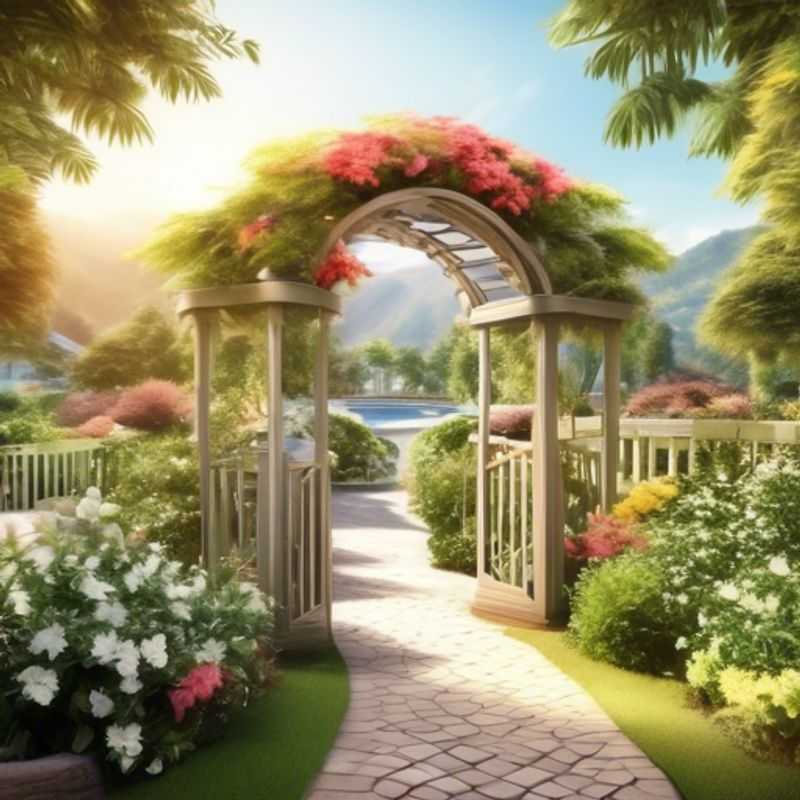
Top 4 Must-Knows Before Buying Your Garden Arbor: Measure, Material, Design, Installation
Ah, the garden arbor, a charming addition to any outdoor space. It's a gateway to relaxation, a perfect spot for climbing vines, and an excellent way to define your garden's personality. But before you embark on this delightful journey, there are a few essential things to consider.
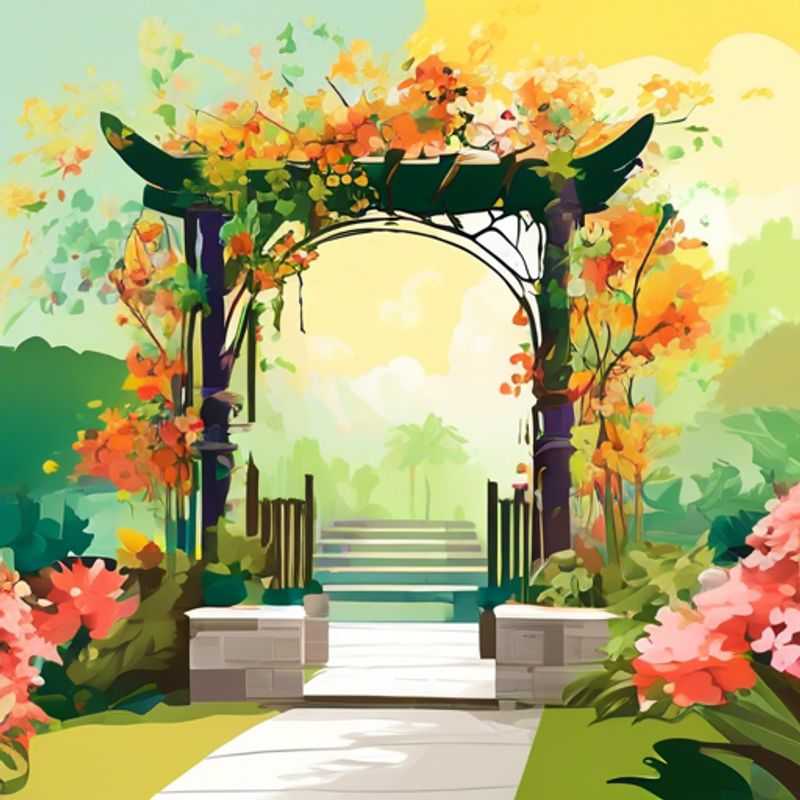
Sizing Up Your Garden: Measuring for the Perfect Arbor Fit
Before you purchase an arbor, you'll want to know exactly how much space you have to work with. Measure the area where you want to place the arbor, ensuring you leave enough space for people to walk around it. Consider your garden's layout and potential future growth of plants. It's best to measure the space at least twice to be certain of your measurements, and remember to include the width and depth of the arbor in your calculations.
You'll also need to factor in the height of the arbor. Ensure you have sufficient clearance for the arbor and any surrounding trees or structures. Keep in mind the overall height of the arbor, including any decorative elements or climbing plants you plan to add.
Don't forget about the ground. Measure the levelness of the ground where you'll be placing the arbor. If necessary, you might need to adjust the ground level to ensure the arbor sits properly. This may involve leveling the area, using gravel, or building a small platform.
Taking these measurements will help you ensure the arbor you choose fits perfectly within your garden and complements the existing features. It's worth taking the time to measure carefully and consider all aspects of your garden before making a purchase.
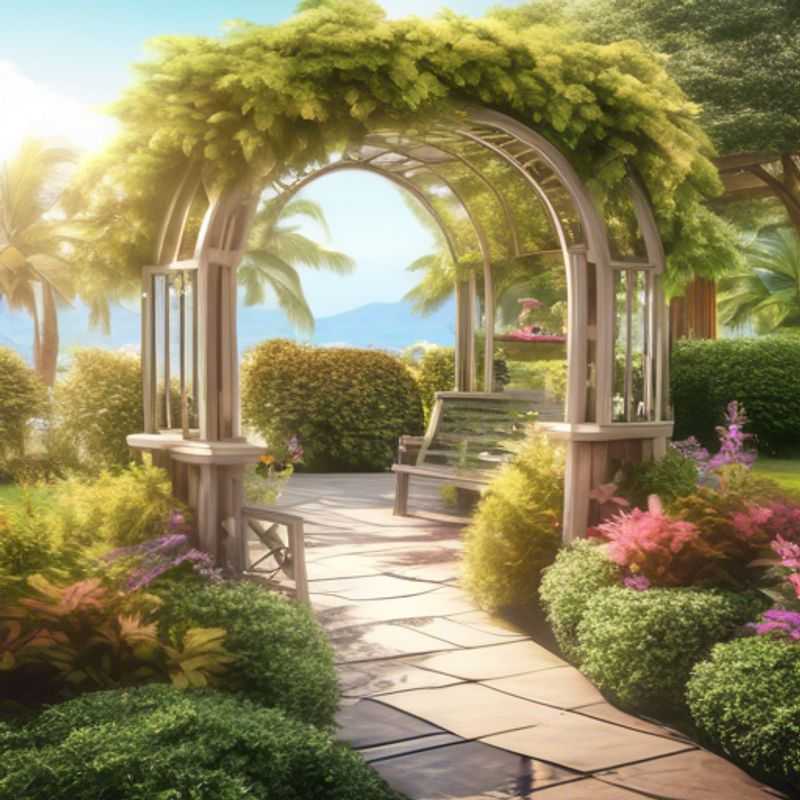
Beyond Aesthetics: Why Material and Construction Matter for Durability
When evaluating the durability of any product, understanding the materials and construction techniques employed is paramount. This assessment is crucial, especially for items that will be subjected to regular use, wear, and tear. Material selection directly impacts the product's lifespan, its ability to withstand environmental factors, and its overall performance.
For example, a sturdy metal frame is likely to endure greater stress and weight than a plastic counterpart. Likewise, the quality of construction, such as the use of strong welds, robust seams, or reinforced joints, will significantly influence the product's longevity. Examining the materials and construction techniques used in a product can offer valuable insight into its expected durability and reliability.
In the context of construction projects, the choice of building materials has a significant impact on the structure's long-term stability and resilience. For instance, using high-quality concrete for foundations ensures a firm and lasting base. Likewise, choosing durable roofing materials can withstand harsh weather conditions and protect the building for many years.
In general, it's important to consider the intended use of the product and its exposure to various elements when assessing its durability. For example, outdoor furniture should be constructed from weather-resistant materials, while tools designed for heavy-duty use should be crafted from robust, impact-resistant materials. Understanding these factors allows you to make informed decisions when purchasing products and ensuring they are suitable for their intended purpose and will stand the test of time.
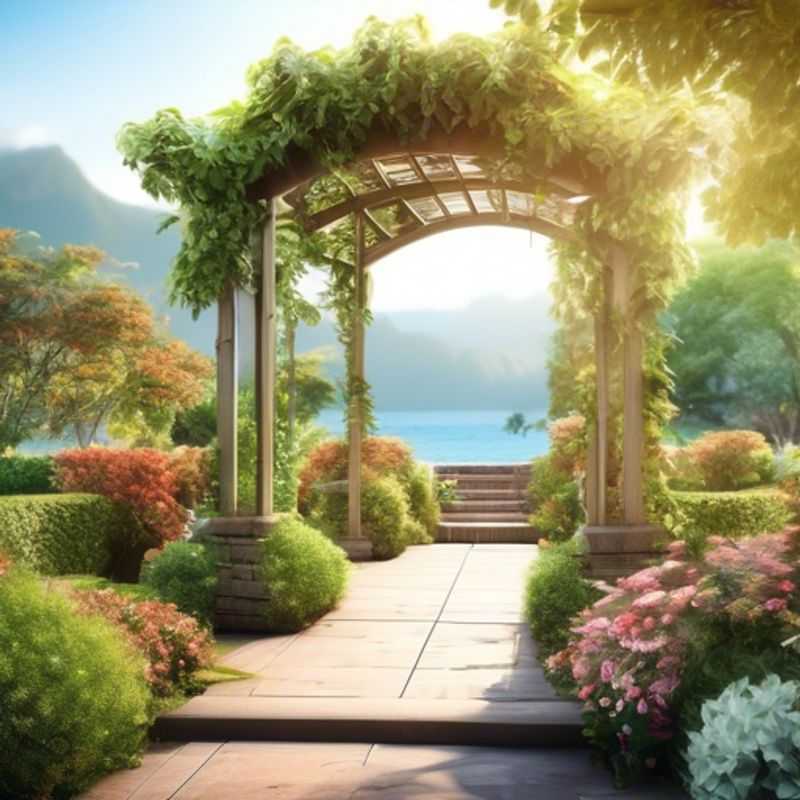
Matching Design and Style to Your Garden's Aesthetic: A Guide to Harmonious Outdoor Spaces
When designing your garden, it's crucial to align the style and design with your garden's aesthetic. This ensures a harmonious and cohesive look. Consider the overall feel you want to achieve, whether it's formal, informal, modern, or traditional.
For a formal garden, opt for symmetrical layouts, geometric shapes, and manicured plants. For an informal garden, prioritize a natural, free-flowing design with irregular shapes and a mix of textures.
Modern gardens often feature clean lines, minimalist plantings, and geometric shapes. Traditional gardens embrace classic elements like stone walls, ornate fountains, and blooming flower beds.
When choosing materials, remember to match the aesthetic. Stone and brick are great for formal gardens, while wood and natural materials suit informal ones.
Don't forget about lighting! Lighting plays a crucial role in highlighting garden features and creating ambiance. Choose lighting that complements the overall design, whether it's soft ambient lighting or dramatic spotlights.
Consider hiring a professional landscape designer to assist you in planning and implementing your garden's aesthetic. They can offer valuable expertise and ensure a cohesive design that meets your vision.
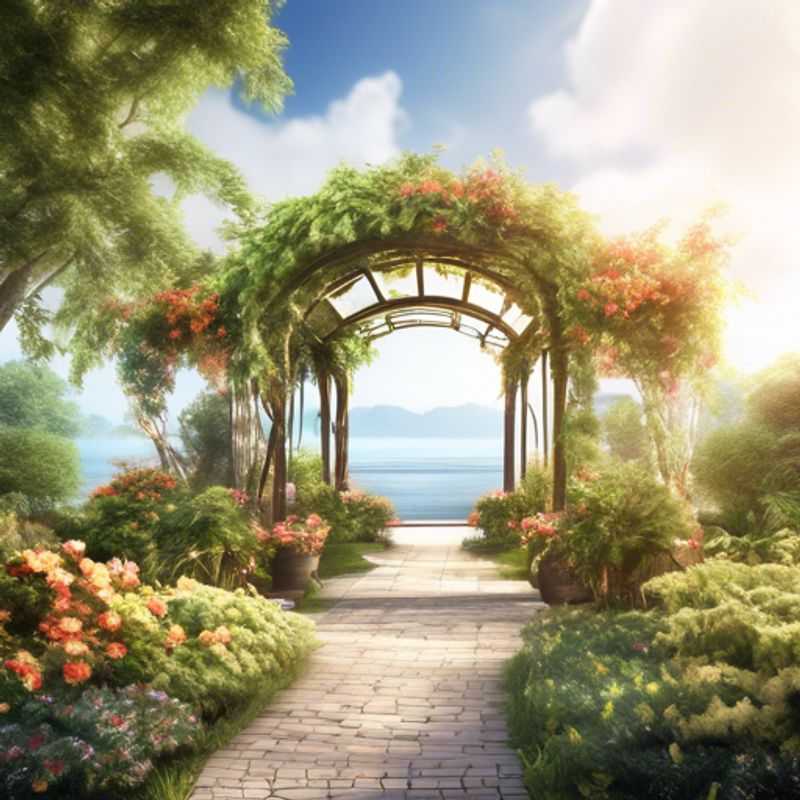
Research, Plan, and Conquer: A Guide to Installation Requirements
Before you embark on a research project, it’s essential to understand the installation requirements and plan accordingly. This will save you time, money, and potential headaches down the line. Let's explore the key considerations to ensure a smooth and efficient research setup.
First and foremost, identify your research needs. What data will you be collecting? What tools will you be using? What kind of processing power do you require? Answering these questions will guide your equipment selection and software choices.
Next, consider the physical space you have available. Do you need a dedicated research lab, or can you set up in a shared space? Factor in the size of your equipment, potential noise levels, and environmental factors like temperature and humidity. For example, if you're working with sensitive equipment, you might need climate-controlled environments, which could involve additional costs.
Don’t forget about infrastructure. Will you have reliable internet access? Do you need specialized network connections? Ensure your research setup has the necessary power and network capabilities.
Software and licensing can be a significant expense. Research often involves specialized software, so factor in the cost of purchasing, subscribing to, or acquiring licenses for your chosen tools. Don't overlook the cost of training or support for these programs.
It's also crucial to consider data storage and security. How much data will you be generating? What are your data security requirements? Decide on a secure and scalable storage solution that meets your needs. This could involve cloud-based storage or on-site servers, depending on your budget and requirements.
Finally, research requires careful planning to ensure a successful and efficient project. Consider creating a detailed timeline, outlining the phases of your research, and assigning responsibilities to team members. This helps maintain focus and ensures all necessary steps are taken on time.
Remember, thorough planning is essential for research success. By understanding your requirements and planning accordingly, you can minimize potential delays and setbacks, allowing you to focus on achieving your research goals.
